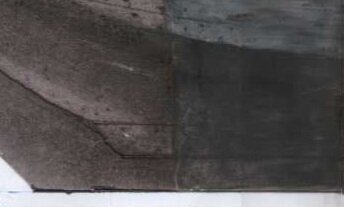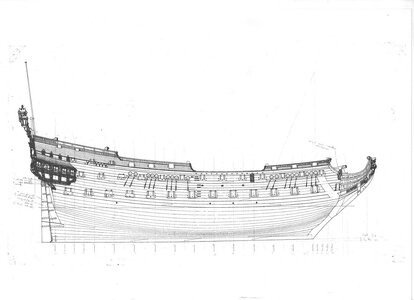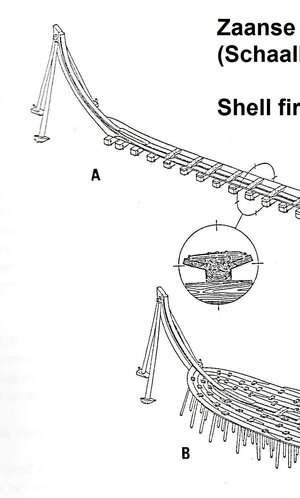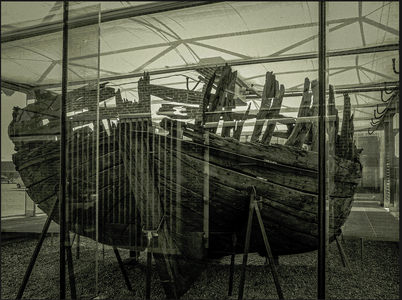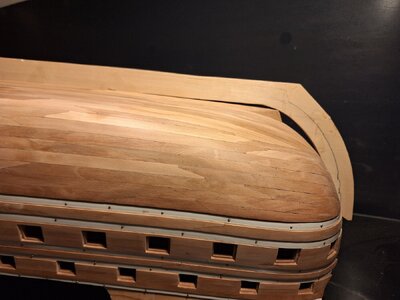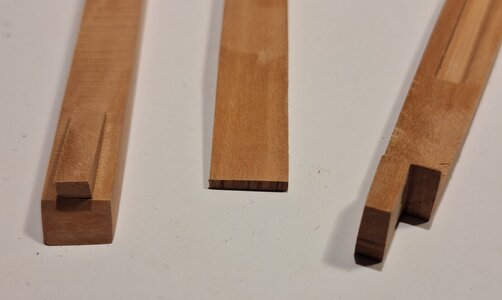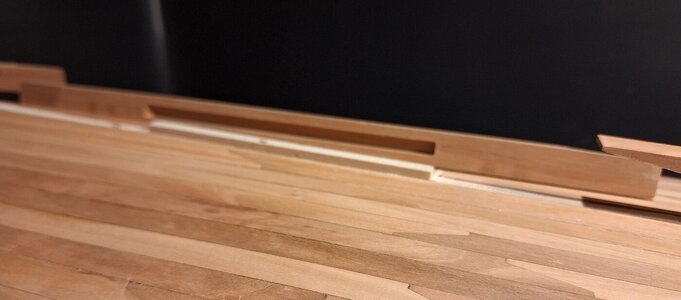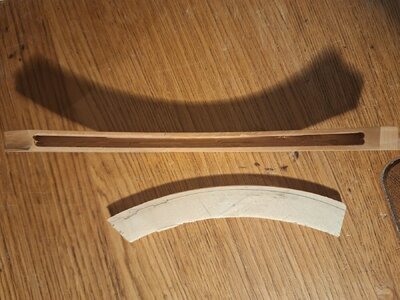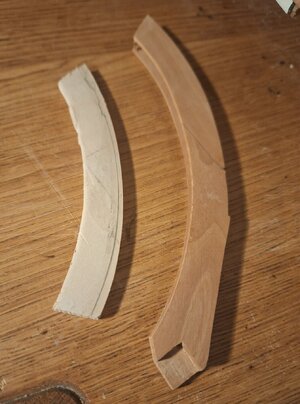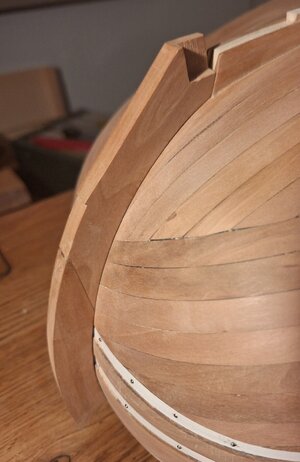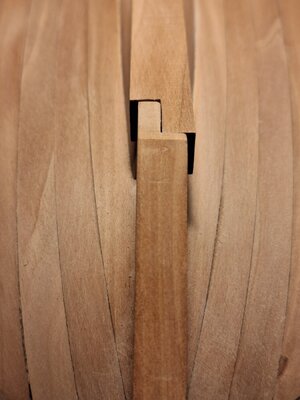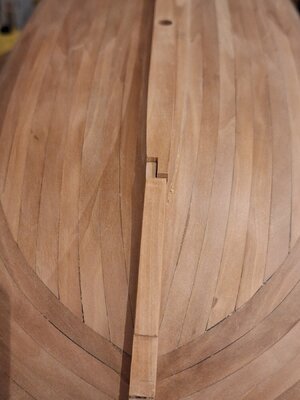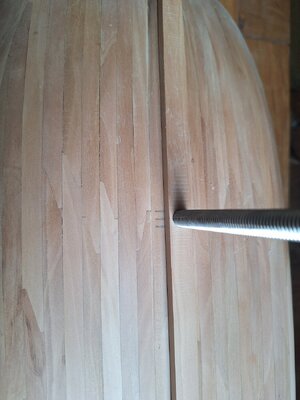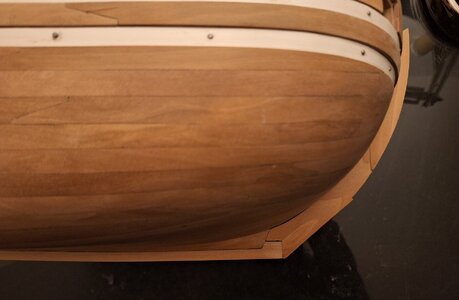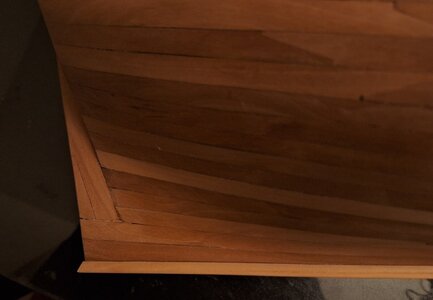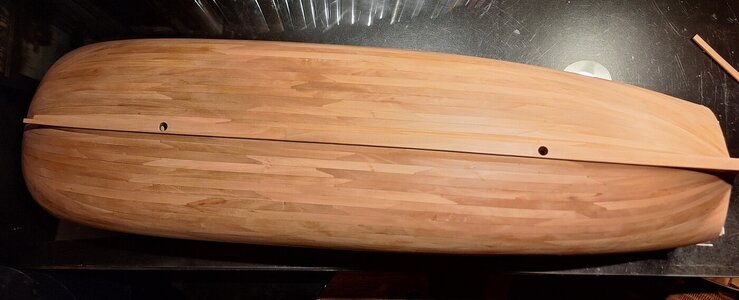If you look at a newer kit company called Kolderstock, a 1/77 scale kit of der Zeven Provencien is available. I have heard that it is an excellent kit!I have chosen for building this ship as my father left me the book "De 7 Provinciën" by G.C. Dik. A book that comes with a set of plans (1:77). Years later I decided to actually build this model.
I wanted the model to be a bit larger than it would be on a scale of 1:77, envisioning a completed model in our living room. We have double doors entering this room with on both sides about 1,6 / 1,7 meter free wall, What a sight it would be to have one or even better to have a model on each side of the entrance of our living room. A fine scale to build this model would be about 1:48-1:50 making it a model of roughly 1.30 meter over all.
More info on this ship/model was searched for and found amongst other things on the website of the now deceased Otte Blom, who made an elaborate study of this ship and his drawings/plans can be found on internet. I looked around on several forums and found a building log by Dražen Carić, whose method appealed to me and for a first build (it has been over 40 years since I built a model) it appeared to me to be a good role model to get me started.
In the meantime I have collected several books to get deeper into the matter of 17th/18th century ship building and rigging. My latest and much appreciated acquisition "The Art of Ship Modeling" by Bernard Frolich (ancre.fr).
.. to be continued ..
Bill





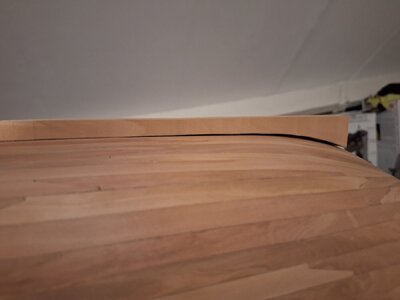
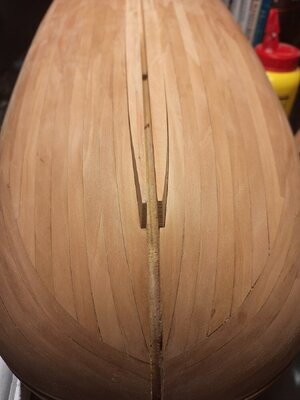
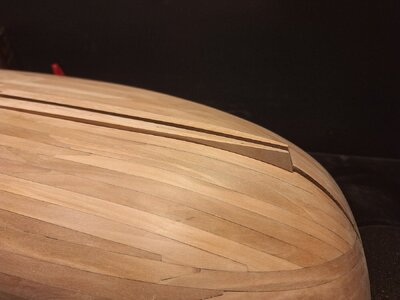
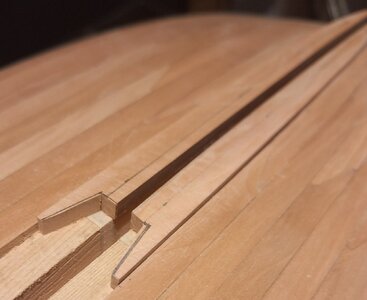
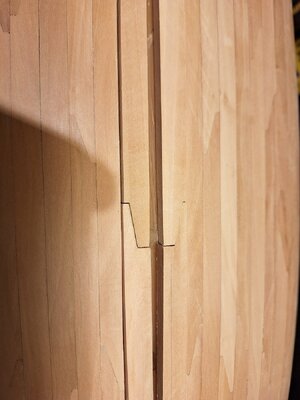
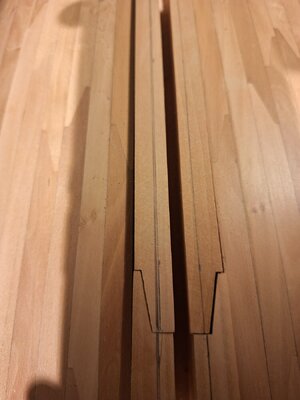
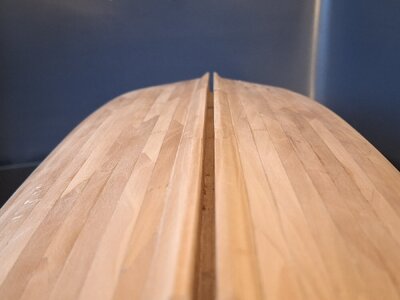
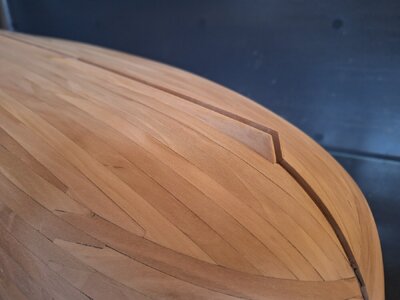
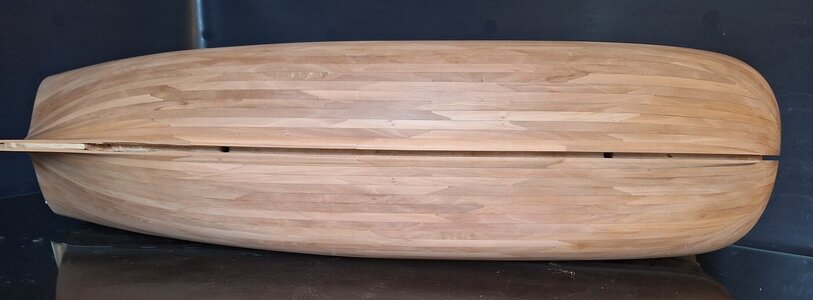
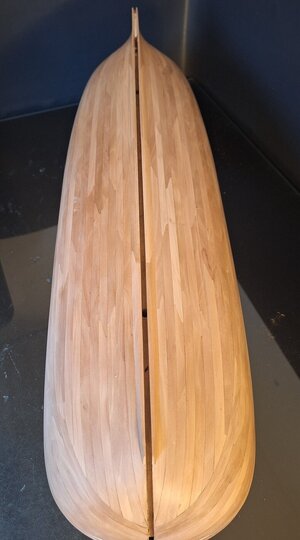
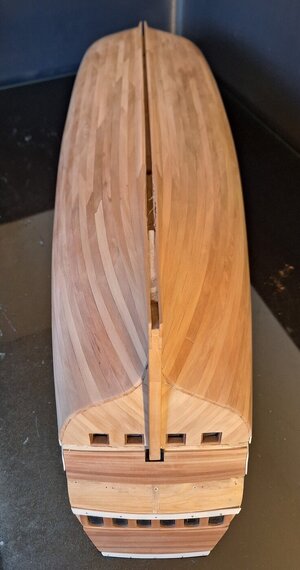
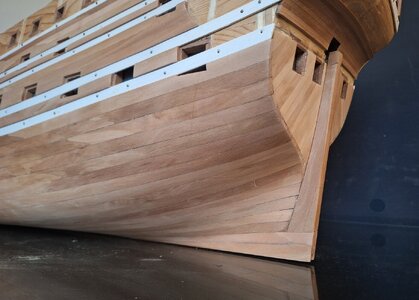
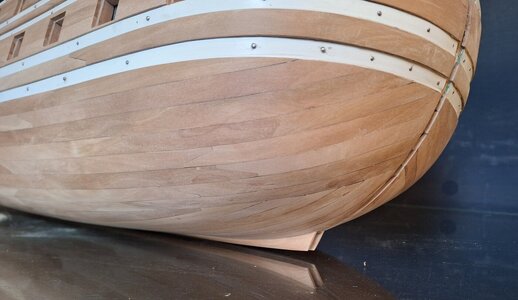

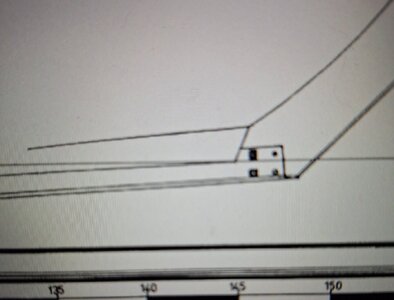
 , Blom. Yes he ends there a bit strange.
, Blom. Yes he ends there a bit strange.